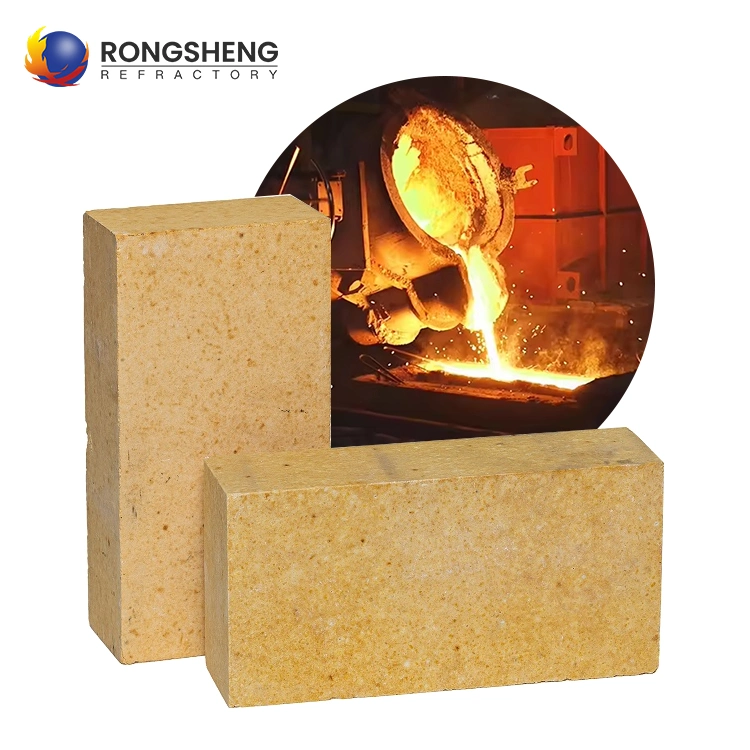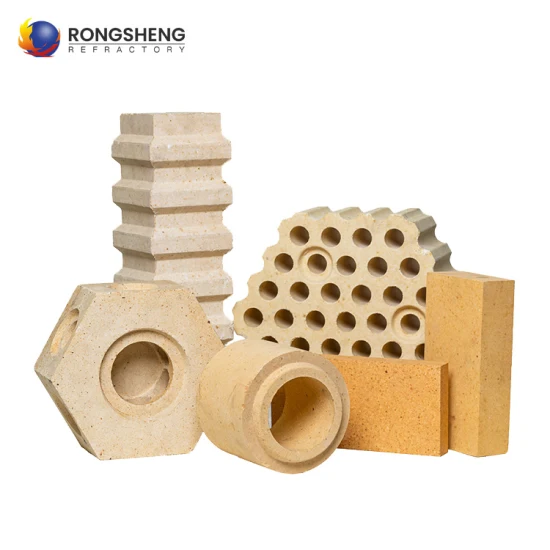Now, look, when it comes to this firebrick refractory thing, you got to know it’s all about handling high heat. Just think of it like this: when you got a fire roaring in a furnace or maybe a big ol’ kiln, you need something sturdy to keep all that heat where it belongs, or else, well, everything might just fall apart! That’s where these special firebricks come in.
Firebrick – or some folks might call it refractory brick – is the thing you put inside all these hot places. See, they don’t burn up or crack under the heat, no matter how hot things get. Firebricks do two main jobs: hold the heat in and protect what’s around ’em. Just picture it like this, alright? If you got an oven made of cast iron, that firebrick is there to keep the heat from touching that iron too much, ‘cause too much heat can make iron crack. These bricks make sure the heat stays right where it should and nowhere else.


Now, let’s talk about types of firebricks, ‘cause there’s more than one kind, mind you. You got your alumina bricks, fireclay ones, silica bricks, and even something called mullite. Each kind’s a little different, so they all got their uses. Alumina ones, they can handle some real intense heat. People use these in places like furnaces where things get mighty hot, like hotter than you’d ever need in a regular ol’ fireplace.
Then there’s fireclay bricks, which are popular since they’re sturdy but not as pricey as alumina. Fireclay’s pretty good for most folks who just need something for a smaller fireplace or maybe a fire pit in the backyard. And speaking of fire pits, you know, a fire pit in your backyard still needs firebricks if you want it to last. Ordinary bricks won’t cut it; they’ll crack and crumble with heat over time. But firebricks, those will hold up, season after season, keeping that fire going nicely.
Silica bricks, well, they got their place too. These are often used in kilns where they need a specific kind of brick that can hold up under heat and not expand too much. They’re a bit special, you know, but when you need ‘em, you really need ‘em. And mullite, oh, that’s for high-temperature spots where you need the best of the best. It’s used in real heavy-duty industrial spots, not so much in a house or anything like that.
These bricks, they’re made special. Can’t just stack up a bunch of regular bricks and call it a day. These refractory bricks go through a process so they get dense and strong, can take that high heat. Some are made with a lot of alumina, others got different mixes depending on what they’re needed for. Like for those big furnace walls or a pizza oven, you want something that’ll hold up, won’t you?
So, if you’re ever thinking of building anything with fire – a kiln, an oven, or just a fire pit – take my word for it: use firebricks. They keep everything safe, hold up under high heat, and won’t cost you an arm and a leg to replace every few years. Ordinary bricks, they’re fine for most things, but they’ll just let you down if you put ‘em near too much heat. With firebrick refractory, you know it’s built to handle fire.
And hey, one last thing – make sure these bricks are put in right. Installing these bricks is no small task. People who work with these, they’re usually refractory masons, and they know how to lay these things out to hold up, even in the hottest of places. They set these firebricks up in a way that keeps the whole structure safe and sound, lining up layers so that heat can’t escape where it shouldn’t. Takes a bit of skill, you know, but it’s worth it for something that lasts.


So, there you have it – firebrick refractory bricks do their job where it matters, making sure everything hot stays hot but safe. Whether you got a big industrial furnace, a cozy fireplace, or just a backyard pit, use firebricks, set ‘em up right, and you’ll be in good shape for years to come.
Tags:[firebrick, refractory, high heat, insulation, fire pit, fireplace, alumina bricks, fireclay, silica, mullite, refractory masonry]


